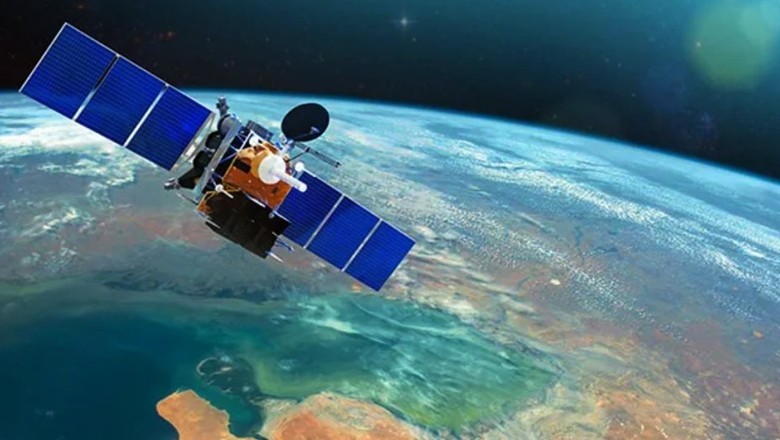Pakistan has reached a new milestone in space technology with the successful launch of its first fully indigenous Electro-Optical (EO-1) satellite. The historic launch was conducted at China’s Jiuquan Satellite Launch Centre on Friday. The event was reported by ARY News, marking a significant step in Pakistan’s space exploration journey.
The launch ceremony, broadcast live from the Space and Upper Atmosphere Research Commission (SUPARCO) complex in Karachi, allowed millions of Pakistanis to witness the achievement. The EO-1 satellite is designed for diverse applications, including monitoring environmental changes, tracking natural disasters, and providing critical data on crop health, soil moisture, and weather patterns. These features will contribute significantly to improving agricultural productivity.
In addition to its environmental role, the satellite will strengthen Pakistan’s defense systems. Its real-time surveillance capabilities are expected to enhance national security, making it a valuable asset for the country.
Advancing Pakistan’s Space Goals
The EO-1 launch follows the deployment of Pakistan’s first multi-mission satellite, PAKSAT MM1, in May 2024. The PAKSAT-MM1 is stationed 36,000 kilometers above the Earth and was launched from China’s Xichang Satellite Launch Center. Equipped with advanced communication technology, it has a 15-year lifespan and aims to transform Pakistan’s communication infrastructure.
Prime Minister Shehbaz Sharif praised these achievements, stating, “The satellite will not only breathe new life into the communication system but will also provide the fastest internet facility. Improvement in the communication system will boost e-commerce, economic activities, and e-governance.”
These advancements underscore Pakistan’s growing capabilities in space exploration and technology. The EO-1 satellite represents a new era of scientific, economic, and defense progress, paving the way for further achievements in space technology.


